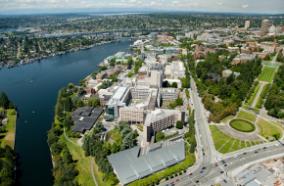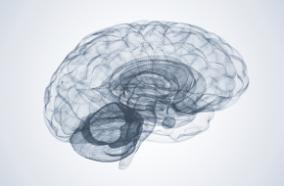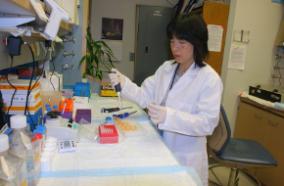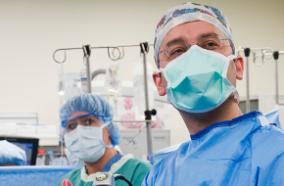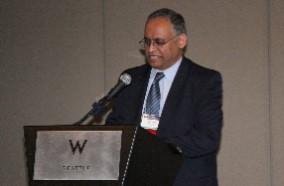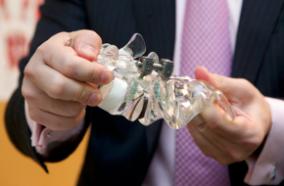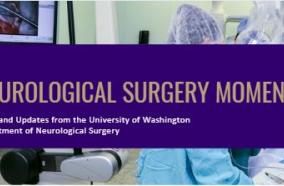Left transradial access for cerebral angiography.
Left transradial access for cerebral angiography.
J Neurointerv Surg. 2020 Apr;12(4):427-430
Authors: Barros G, Bass DI, Osbun JW, Chen SH, Brunet MC, Peterson EC, Walker M, Kelly CM, Levitt MR
Abstract
INTRODUCTION: Transradial access is increasingly used among neurointerventionalists as an alternative to the transfemoral route. Currently available data, building on the interventional cardiology experience, primarily focus on right radial access. However, there are clinical scenarios when left-sided access may be indicated. The purpose of this study was to evaluate the technical feasibility of left transradial access to cerebral angiography across three institutions.
METHODS: A retrospective chart review was performed for patients who underwent cerebral angiography accessed via the left radial artery at three institutions between January 2018 and July 2019. The outcome variables studied were successful catheterization, vascular complications, and fluoroscopic time.
RESULTS: Nineteen patients underwent a total of 25 cerebral angiograms via left transradial access for cerebral aneurysms (n=15), basilar occlusion (n=1), carotid stenosis (n=1), arteriovenous malformation (n=1), and cervical neurofibroma (n=1). There were 12 diagnostic angiograms and 13 interventional angiograms. The left transradial approach was chosen due to left vertebrobasilar pathology (n=22), right subclavian stenosis (n=2), and previous right arm amputation (n=1). There was one instance of radial artery spasm, which resolved after catheter removal, and one conversion to transfemoral access in an interventional case due to lack of distal catheter support. There were no procedural complications.
CONCLUSIONS: Left transradial access in diagnostic and interventional cerebral angiography is a technically feasible, safe, and an effective alternative when indicated, and may be preferable for situations in which pathology locations or anatomic limitations preclude right-sided radial access.
PMID: 31649205 [PubMed - indexed for MEDLINE]


